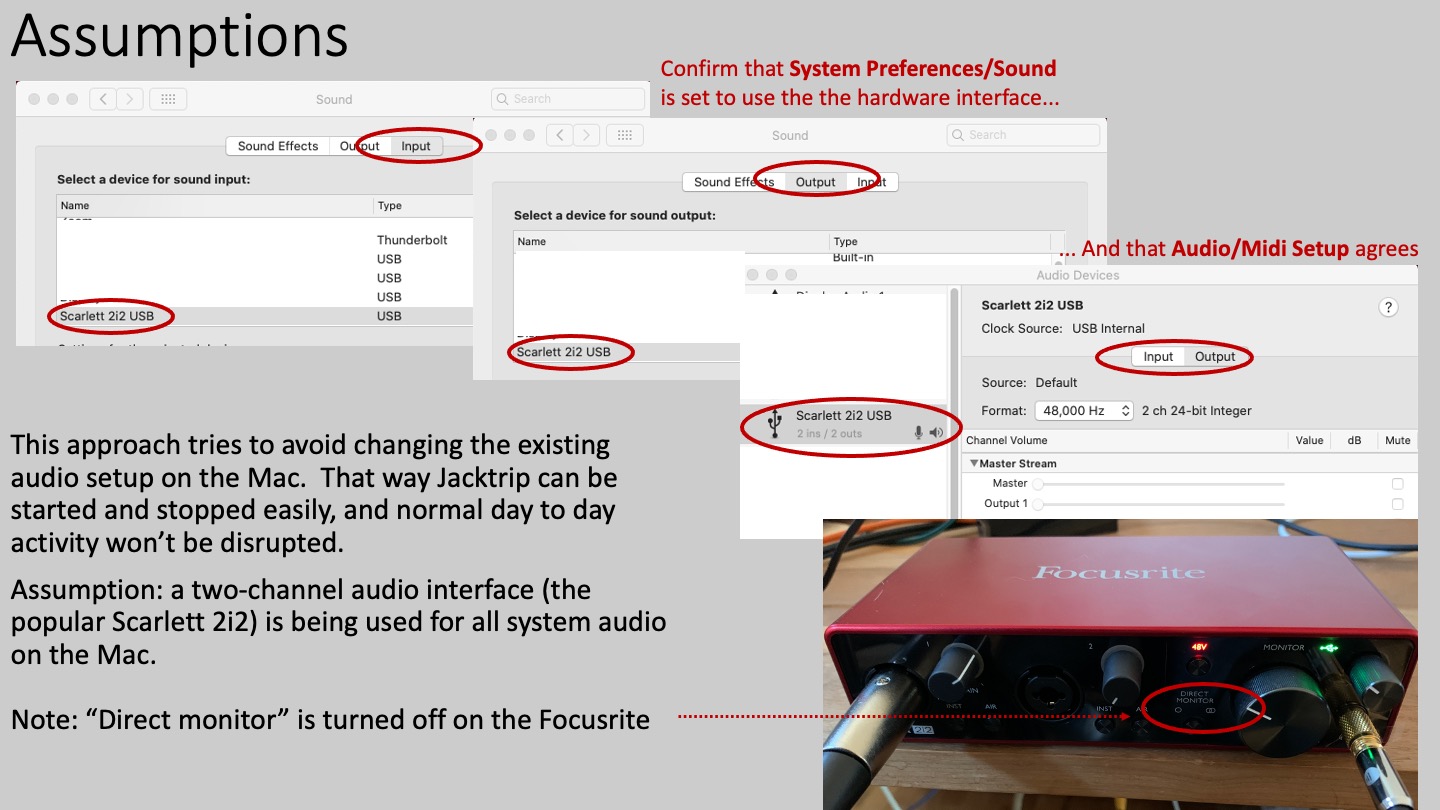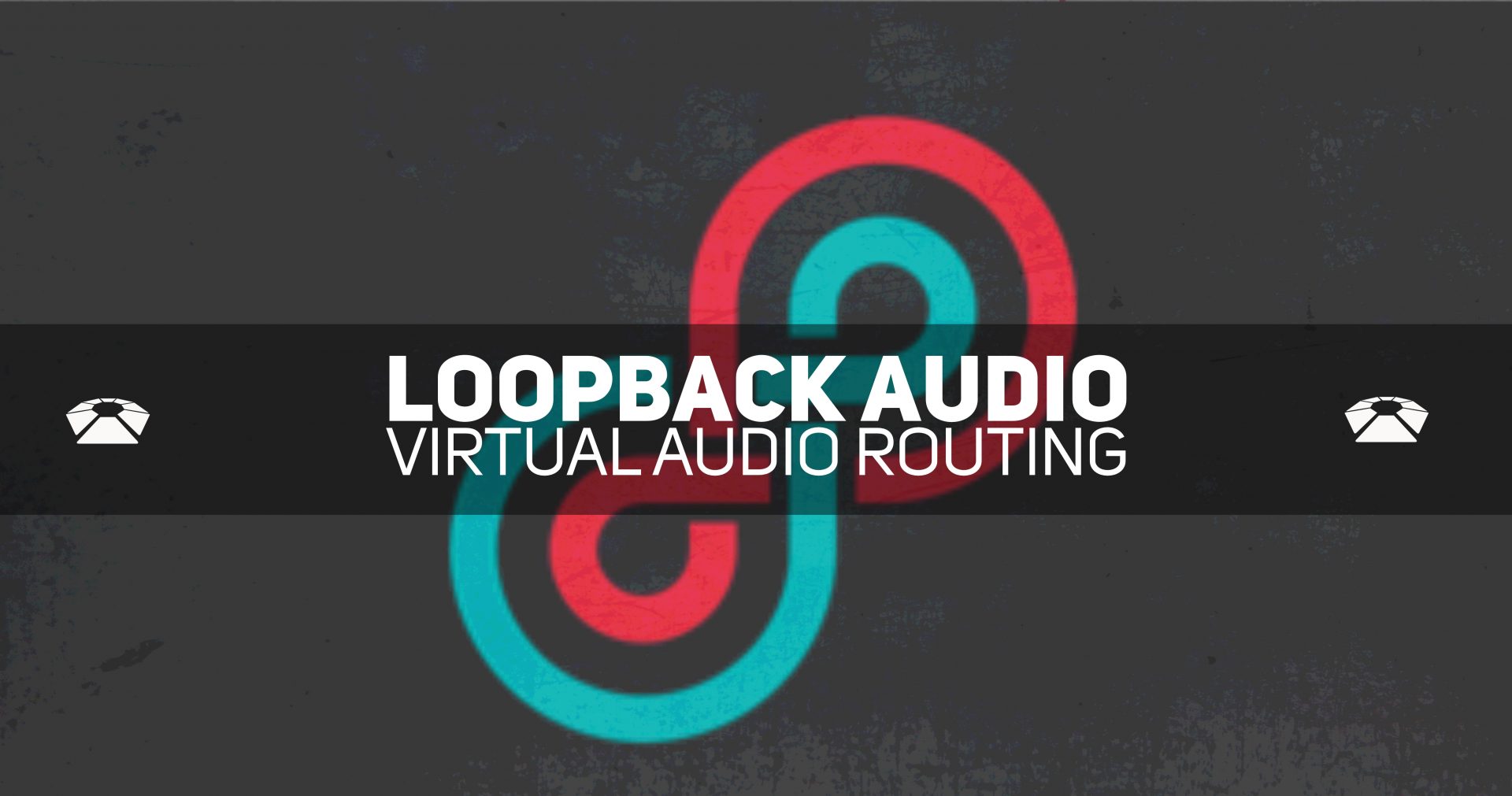

This is best done in the application that is playing the audio, for example the video or audio player on the website you are recording from. To control the recording level on those systems, you can try adjusting the playback level of the audio. On some devices the Mixer Toolbar recording volume slider will be grayed out when selecting the Windows WASAPI host, and even if not grayed out, the device may not support Audacity or the system input slider adjusting its volume.Chatmate for whatsapp 4 3 0 – powerful whatsapp client. The behavior of the Audacity playback and recording sliders may vary according to the sound device you are recording from. Playback and Recording sliders when using WASAPI When there is no active signal, recording pauses and will restart once an active signal resumes. Windows WASAPI host only records loopback when there is an active signal present. The capture is entirely digital (rather than converting to analog for playback, then back to digital when Audacity receives it). WASAPI loopback has a big advantage over stereo mix or similar inputs provided by the audio interface. You may need to stretch out the Device toolbar to see the 'loopback' - use the drag handle Resizer at the right end of the toolbar. The loopback input records computer playback even if your sound device lacks its own stereo mix or similar input. Choose the loopback input for the computer playback device you will be listening to (for example, 'Speakers (loopback)'. On Windows, you can choose the Windows WASAPI Audio Host and then the (loopback) input in the Recording Device box. Windows WASAPI loopback recording This is the recommended method of recording audio playing on the computer on Windows with Audacity. Choose the Windows WASAPI host (next section) if you want to record playback of a USB, wireless or external sound device. You cannot play audio through an HDMI output or through a headset, headphones or speakers that connect via USB or wirelessly then record that playback using the stereo mix input of the built-in sound device.Īll dice games. You must play the audio you want to record using the same sound device that has the 'Stereo Mix' or similar input. Alternatively, choose the Windows WASAPI loopback recording method instead.Go to the Windows Control Panel to see if stereo mix can be enabled.Make sure you have the latest correct audio drivers meant for your version of Windows.This input could be called 'Stereo Mix', 'Wave Out', 'Sum', 'What U Hear', 'Loopback' or other names, depending on your sound device. In the Recording Device box, look if there is an input meant for recording computer playback. In Device Toolbar (pictured below) or in Devices Preferences, choose 'MME' or 'Windows DirectSound' in the Audio Host box. Otherwise you will hear and record echoes or distorted sound.Ĭhoosing the recording device in Audacity If the item has a checkmark, click it to turn off playthrough. When recording computer playback, ensure the menu item Transport > Transport Options > Software Playthrough (on/off) is off.Copyright or website restrictions may prevent you recording or distributing material.This will record computer playback even if the computer sound device lacks its own input to do this. You can also choose Windows WASAPI host and the (loopback) input choice in Device Toolbar. Soundflower is a Mac OS X system extension that allows applications to pass audio.On Windows, sound devices often lack a 'Stereo Mix' or similar input, or it must be specially enabled in the Windows 'Sound' Control Panel.

R2) 'Analog mixer' capture (Stereo Mix, What You Hear, etc.) This pulls the audio data from the sound card after it's gone through the driver but before it goes out the speaker or jack. R1) 'WASAPI loopback' capture (Windows Vista and later only.) This pulls the audio data from the Windows audio engine just before it's passed down to the driver.


 0 kommentar(er)
0 kommentar(er)
